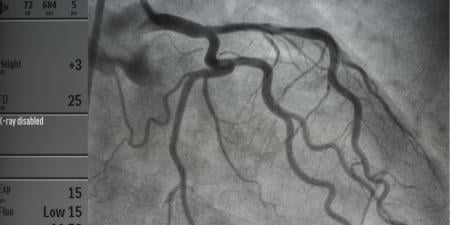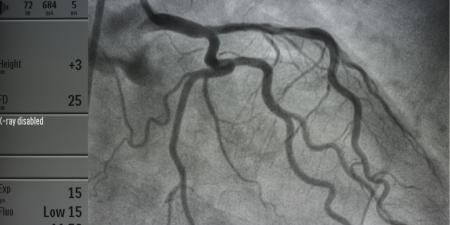Case
Ms Johnson brought her daughter, Mandy, to see Dr. Jones for her first gynecological visit when Mandy was 14 years old. Dr. Jones performed a regular physical, but not a vaginal exam, and talked to Mandy about the changes that were leading her to sexual maturity.
Dr. Jones did not see Mandy again until she was 16 when she made an appointment and showed up on her own worried that she was pregnant. She had used a home pregnancy test, which supported her suspicion. Still, she wanted Dr. Jones to confirm her pregnancy. After getting a history of her sexual activity, Dr. Jones diagnosed the pregnancy using a hormonal assay. Upon completing the test, he informed Mandy that she was in fact pregnant. Based on her history, he estimated that she was around 10 weeks pregnant. Upon general examination, she was in good health.
Mandy and Dr. Jones were now in a difficult situation. Dr. Jones, who treats her immediate family and some extended family members, was well aware that Mandy's paternal grandmother had been diagnosed with Huntington's. Her father (in his early 40s) did not exhibit any symptoms at this point, but he had chosen not to be tested. Mandy appeared to be well informed about her family's medical history and informed Dr. Jones that she wanted to be tested for Huntington's.
"If I have Huntington's, my baby might have Huntington's, and I couldn't put my baby through that."
What should Dr. Jones do? (select an option)
A. Contact Mandy's parents to inform them of her intention to get tested for Huntington's.
B. Begin the process of testing Mandy for Huntington's disease.
C. Refer Mandy to a genetic counselor and/or adolescent psychologist.



